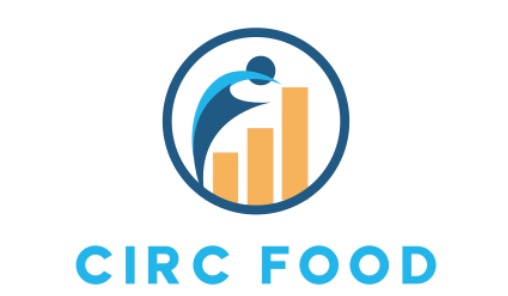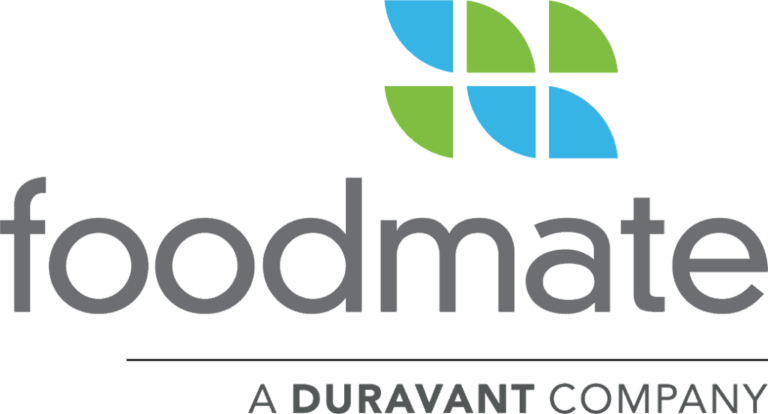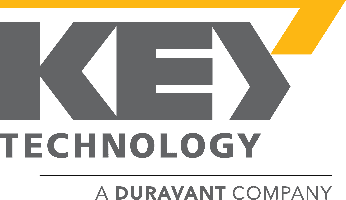Solutions for Efficient Food Packaging Equipment to Enhance Your Production Line
In the rapidly evolving landscape of the food industry, the efficiency of Food Packaging Equipment plays a pivotal role in enhancing production lines and meeting consumer demands. As businesses seek to optimize their operations, the integration of advanced technologies and innovative solutions becomes increasingly vital. This blog delves into the top strategies and modern equipment that can streamline food packaging processes, boost productivity, and ensure the highest standards of food safety.

By focusing on the latest advancements in automation, eco-friendly materials, and smart packaging techniques, companies can significantly reduce operational costs while maximizing output and maintaining product integrity.
Join us as we explore the essential components and insights that can transform your production line into a model of efficiency and sustainability.
Identifying the Key Features of Efficient Food Packaging Equipment for Your Production Needs
In the fast-paced baking industry, having efficient food packaging equipment is crucial for enhancing production lines and meeting market demands. Identifying key features of these packaging machines can significantly improve operational performance. Look for equipment that offers automation and flexibility, as these can greatly reduce labor costs and increase processing speed. Advanced machines should also provide reliable sealing and labeling functionalities that ensure product freshness and compliance with regulations.

When evaluating packaging machinery, consider these essential tips:
- First, invest in equipment that offers scalability so that it can grow with your production needs.
- Second, prioritize machines with user-friendly interfaces to facilitate ease of operation and reduce training time.
- Lastly, opt for energy-efficient models to lower operational costs and contribute to sustainability efforts in your production process.
Exploring the Role of Automation in Revolutionizing Food Packaging Efficiency
Automation has emerged as a pivotal force in revolutionizing food packaging efficiency, fundamentally transforming production lines across the industry. According to a report by MarketsandMarkets, the global market for automated packaging is projected to reach $45.5 billion by 2027, growing at a CAGR of 6.9%. This surge is driven by increasing demand for processed and packaged food products, which has prompted manufacturers to seek solutions that enhance speed and precision in their packaging processes.
The integration of advanced technologies such as robotics and smart sensors allows food packaging lines to achieve higher throughput while minimizing human error. For instance, the use of robotic arms can increase packaging speed by up to 50% compared to traditional methods. Additionally, smart sensors can monitor equipment performance in real-time, allowing for predictive maintenance and reducing unexpected downtime. A study by the Food Processing Technology Institute noted that automated systems could reduce labor costs by approximately 30%, while improving overall product quality and shelf life. These advancements not only streamline operations but also ensure compliance with stringent food safety regulations, making automation an indispensable component of modern food packaging.
Solutions for Efficient Food Packaging Equipment to Enhance Your Production Line
| Equipment Type | Automation Level | Production Speed (units/hour) | Efficiency Rate (%) | Maintenance Frequency (months) |
|---|---|---|---|---|
| Vacuum Packaging Machine | High | 500 | 90 | 6 |
| Horizontal Flow Wrapper | Medium | 400 | 85 | 8 |
| Automated Case Packing System | Very High | 600 | 95 | 12 |
| Labeling Machine | Medium | 350 | 80 | 6 |
| Automatic Filling Machine | High | 550 | 92 | 7 |
Analyzing Industry Trends: The Shift Towards Sustainable Food Packaging Solutions
The global trend towards sustainable food packaging solutions is reshaping the industry landscape, driven by increasing consumer awareness of plastic waste and its environmental impacts. Current market analyses reveal significant growth trajectories across various packaging sectors, notably in HDPE and folded paperboard markets. The HDPE packaging market is projected to expand from approximately $189 billion in 2024 to over $272 billion by 2032, reflecting a growing preference for recyclable materials that align with eco-friendly initiatives.
In tandem with the demand for sustainable options, the folded paperboard packaging market is also on the rise, with an anticipated value of nearly $1.78 trillion in 2024, increasing to approximately $2.75 trillion by 2033. This shift indicates a clear transition towards materials that minimize environmental footprints while maintaining product integrity. With manufacturers prioritizing innovation in packaging technology, the focus is on developing solutions that not only enhance production lines but also cater to the growing consumer demand for sustainability. As industries adapt to these trends, food packaging becomes a critical factor in meeting both market needs and environmental responsibilities.
Analysis of Trends in Sustainable Food Packaging Solutions
This chart illustrates the growing industry trend towards various types of sustainable food packaging solutions, highlighting the shift in focus from traditional plastic packaging to more environmentally friendly alternatives. The data reflects the increasing percentage of businesses adopting recyclable materials, biodegradable options, and minimalist designs.
Maximizing Production Line Output: How to Select the Right Packaging Equipment
When it comes to maximizing production line output, selecting the right packaging equipment is crucial. The efficiency of a production line largely depends on how well the packaging equipment can handle various products, ensuring minimal downtime and optimal throughput. Key factors to consider include the speed of the machinery, compatibility with different packaging materials, and the ease of operation. Investing in advanced technology, such as automatic or semi-automatic systems, can significantly elevate productivity by streamlining workflows and reducing labor costs.

Moreover, understanding the specific requirements of your products is essential in making an informed choice. For instance, fragile items may require specialized packaging systems that offer better support and protection during the packaging process. Additionally, integrating flexible packaging solutions that can accommodate different product sizes and shapes can enhance versatility and prepare your production line for varying demand. Ultimately, the right packaging equipment not only boosts efficiency but also contributes to maintaining product quality and reducing waste, ensuring a more sustainable production process.
Understanding Regulatory Standards in Food Packaging and Their Impact on Efficiency
In the food packaging industry, adhering to regulatory standards is critical for ensuring product safety and enhancing operational efficiency. According to a report by the Food and Drug Administration (FDA), compliance with regulations can significantly reduce the risk of product recalls, which can cost companies upwards of $10 million per incident. As food safety regulations continue to evolve, it is essential for manufacturers to stay informed and implement packaging solutions that not only meet these standards but also streamline production processes.
Automation plays a vital role in achieving compliance without sacrificing efficiency. A study by the Packaging Machinery Manufacturers Institute (PMMI) found that companies utilizing automated packaging equipment reported a 25% increase in production rates, alongside improved accuracy in labeling and packaging specifications as mandated by regulatory bodies. By investing in efficient food packaging equipment, manufacturers can ensure they meet safety and quality guidelines while optimizing their production line, ultimately leading to better resource management and reduced overhead costs. This dual focus on compliance and efficiency is key to maintaining a competitive edge in the fast-paced food industry.
Related Posts
-

Leading Global Manufacturers in Industrial Food Processing Equipment Exporting Excellence
-

5 Essential Best Industrial Food Processing Equipment Innovations for Global Buyers
-

7 Best Practices for Optimizing Pet Food Processing Equipment Efficiency
-

Ultimate Checklist for Selecting the Best Poultry Processing Equipment for Your Business
-

Emerging Technologies Shaping the Future of Best Industrial Food Equipment by 2025
-

How to Leverage Best Food Processing Equipment for Future Technology Trends in 2025









